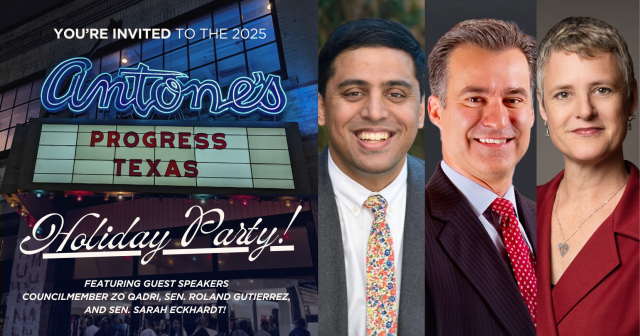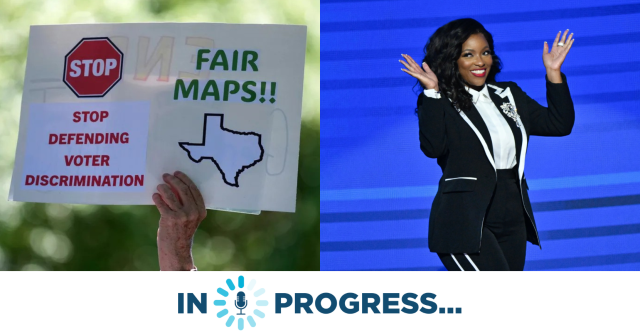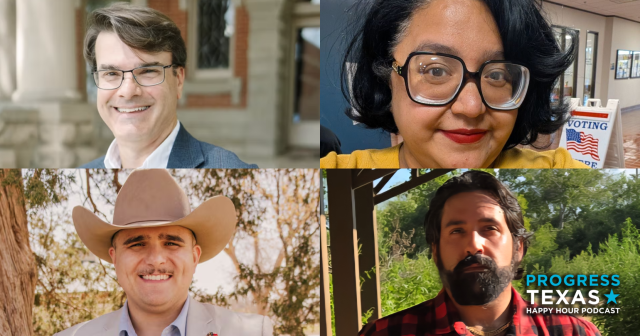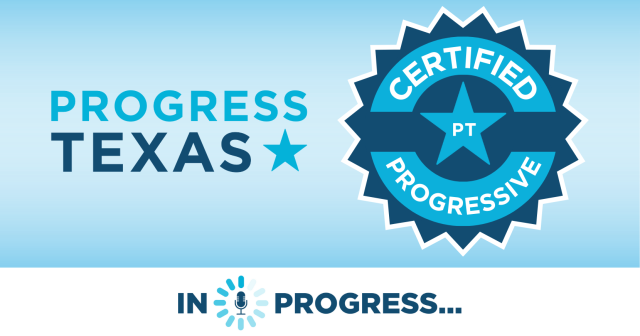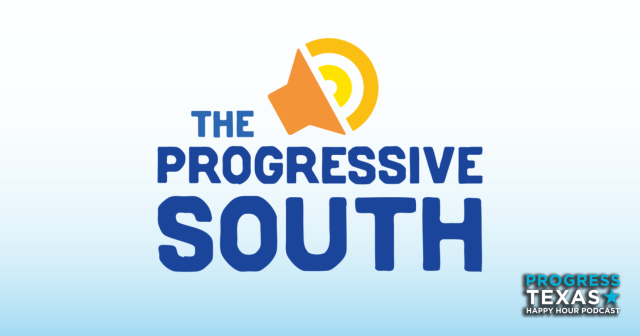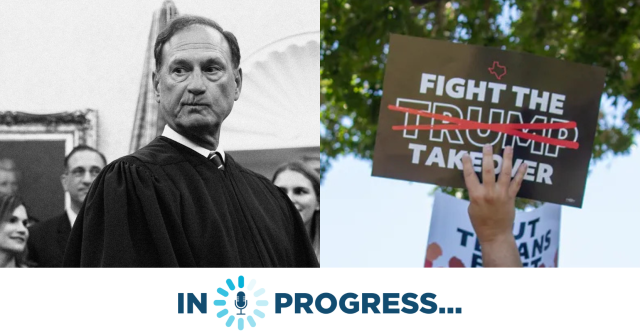Trickle-down diversity doesn’t work
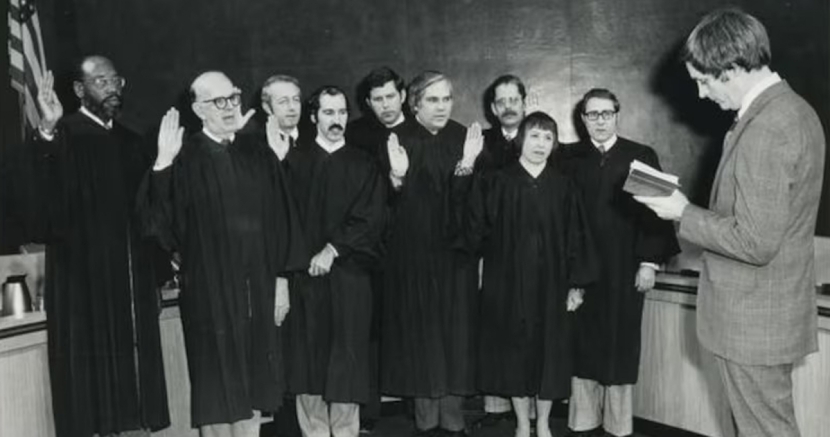
Originally posted in The Dallas Morning News.
When my grandfather became the first Black judge in Dallas County in 1966, there was immense hope that his appointment symbolized a turning point. It came in the wake of the Civil Rights Movement, alongside landmark achievements like the Civil Rights Acts of the 1960s and the Brown v. Board of Education decision in 1954. Many believed that Black representation in positions of power would inherently lead to a more equitable society. However, while these milestones were significant, the reality is that systemic inequities remain deeply entrenched. Progress requires more than just symbolic representation. It demands a fundamental restructuring of the institutions that continue to uphold exclusionary practices.
Consider Texas today. Despite having the largest Black population of any state, there are only two Black state senators: Sen. Borris Miles from Houston and Sen. Royce West from Dallas. The Texas Legislature, which consists of 181 members across the House and Senate, includes fewer than 20 Black elected officials. This is not a mere coincidence. It is the result of long-standing systemic barriers that limit Black political power through gerrymandering, voter suppression and institutional resistance to change.
Now, that is not to say that West and Miles have not dedicated their careers to advancing the rights and privileges of Black people in Texas. But their presence alone is not enough. It will take more than a handful of dedicated legislators to dismantle the deeply embedded structures of inequality. The institutions themselves must buy into meaningful change rather than relying on a select few Black leaders to bear the burden alone. It is not enough for Black lawmakers to be appointed to committee chairs or leadership positions. What’s needed is a genuine institutional commitment to equity that extends beyond representation at the top.
This is where the myth of trickle-down diversity fails. Simply elevating a few Black individuals to high-ranking positions does not inherently create a more diverse or equitable system. It merely changes the face of power while leaving exclusionary structures intact.
True diversity isn’t about optics or token leadership; it’s about breaking down systemic barriers that prevent marginalized groups from accessing opportunities at all levels. If an organization, institution, or government remains fundamentally exclusionary, favoring the same gatekeeping norms and policies that have historically disadvantaged Black and brown communities, then the presence of a few Black faces at the top does little to change the lived experiences of those at the bottom. It only creates the illusion of progress.
Real diversity efforts must go beyond surface-level representation. They require structural changes — rethinking hiring pipelines, removing barriers to entry, redistributing power and ensuring that decision making includes those who have historically been excluded. Without these steps, “diversity” at the top is just a more colorful version of the same old system.
This issue extends beyond Texas politics. In recent years, we saw the highest number of Black judges appointed to the federal judiciary in history, alongside a historically diverse cabinet. But even as these milestones were reached, Diversity, Equity, and Inclusion programs and affirmative action policies faced unprecedented attacks. The push to dismantle these initiatives is rooted in the false narrative that diversity itself is inherently unfair or that it equates to unqualified individuals being given opportunities they do not deserve. This ignores the reality that systemic exclusion has been the norm for centuries, whether through legacy admissions at universities or hiring practices that favor the well-connected over the capable.
As we look ahead and continue the fight for fair representation, it is critical that we push for more than tokenized leadership. We must demand policies that expand access to power rather than simply changing its appearance. This means fighting against gerrymandering that dilutes Black political strength, strengthening voting rights protections and ensuring that institutions commit to real equity, not just performative inclusion.
Celebrating Black History Month cannot just be a time to reflect on where we have been, but must be when we recommit ourselves to where we need to go. If we are to achieve a truly just and equitable society, we must reject the illusion of trickle-down diversity and demand systemic transformation.
Representation matters, but it is only the beginning of the fight, not the end. If we are unable to commit to dismantling these barriers that persist, the dream of equity and equality will remain just that: a dream.
Louis A. Bedford IV is a civil rights attorney in Dallas and Progress Texas Institute Board Chair.
DONATE
Your donation supports our media and helps us keep it free of ads and paywalls.

